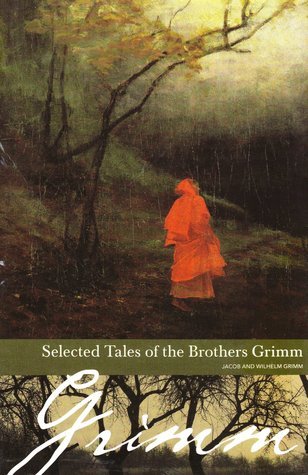
Since the first publication of Jacob and Wilhelm Grimm's Kinder-und Hausmarchen (Tales for Children and Households), in 1812, these stories have been translated into more than 160 languages, moving beyond Germany to become a worldwide phenomenon. Their best-known characters rank alongside those of Green mythology as touchstones of universal meaning: Little Red Riding Hood, Hansel and Gretel, Cinderella, Rumpelstiltskin, Snow White, Rapunzel, and the Frog Prince. Folktales transmit messages that communities deem vital, whether cautionary-as in "Little Red Riding Hood," a veiled warning of the dangers of adolescence-or celebratory, as in "The Six Swans," an avowal of sibling love. Although most of the tales are conservative in outlook-the old ways usually turn out to be best-many also delight in upending the social order, as when a clever, plucky peasant becomes a king ("The Youth Who Could Not Shiver and Shake"), or when animals get the better of humans ("The Brewman Town Musicials"). This selection of nearly fifty of the tales includes the famous ones along with others that represent the full spectrum of the Grimm Brother's Collection.
Author

German philologist and folklorist Jakob Ludwig Karl Grimm in 1822 formulated Grimm's Law, the basis for much of modern comparative linguistics. With his brother Wilhelm Karl Grimm (1786-1859), he collected Germanic folk tales and published them as Grimm's Fairy Tales (1812-1815). Indo-European stop consonants, represented in Germanic, underwent the regular changes that Grimm's Law describes; this law essentially states that Indo-European p shifted to Germanic f, t shifted to th, and k shifted to h. Indo-European b shifted to Germanic p, d shifted to t, and g shifted to k. Indo-European bh shifted to Germanic b, dh shifted to d, and gh shifted to g. This jurist and mythologist also authored the monumental German Dictionary and his Deutsche Mythologie . Adapted from Wikipedia.